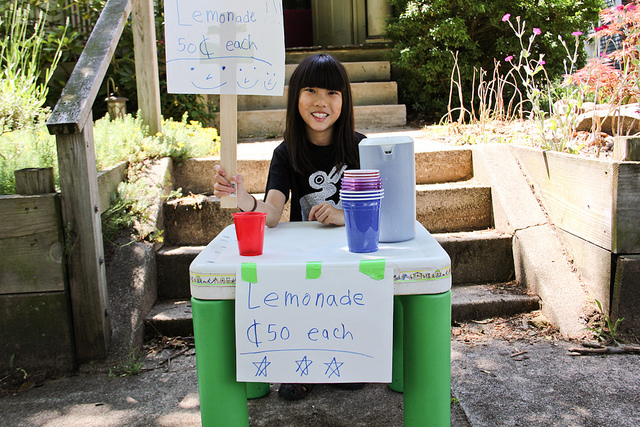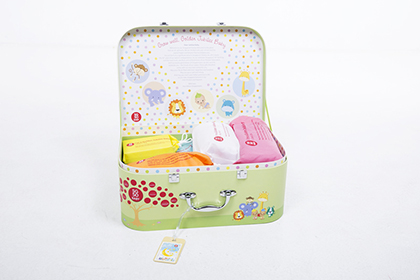As the modern world has become more complex, children nowadays have been inseparable with school allowance or pocket-money. From a variety of books, to a selection of gadgets, accessories, or snacks…there is always something else they needed to buy! Furthermore, they are more knowledgeable about money as they have access not only to the lives of their friends but also to the kids around the world – through the Internet.
Having these in mind, giving money to your children must be used in the most positive manner in order to mold their values while young. Let us first start with the amount to give.
Most mothers in Singapore agree that an allowance of about S$5 is enough for the needs of children in Primary 1-6. This is done so to meet the costs of food and other miscellaneous. But, if the day falls on a co-curricular activity, they give extra cash.
Aside from this, the best way to decide the pocket-money amount is to discuss it with your child. Know his or her needs and plan it together. Start giving this amount on a regular or consistent basis so that your child can manage his money accordingly.
After the suitable amount is settled, let us evaluate the Do’s in allowance giving…
1. TEACH THE VALUE OF SAVING
Teach your kid to make their own monetary choices by giving the allowance in smaller denominations (e.g., three pieces of S$1 coins and four pieces of S$0.50 coins) so he or she can save a part of it (e.g., 10% or S$0.50). Promote saving by providing a piggy bank or a money jar with their name on it.
2. TEACH THE VALUE OF EARNING
Instead of just handing cash over, make them earn it. Instill the importance of sharing the household chores around the house then, reward him or her for chipping in. You do not have to be all competitive about it by assigning a dollar for each chore, just explain what your child can do to help out.
3. TEACH THE VALUE OF MONEY
Money is a currency that puts relative price on almost everything. Letting your child make a few unnecessary purchases, such as spending their entire savings on sticker tattoos, as a part of the learning process is OKAY. But, it is also acceptable to put limits on what your child can spend on. This shall teach both the value of money and responsibility of a smart consumer.





